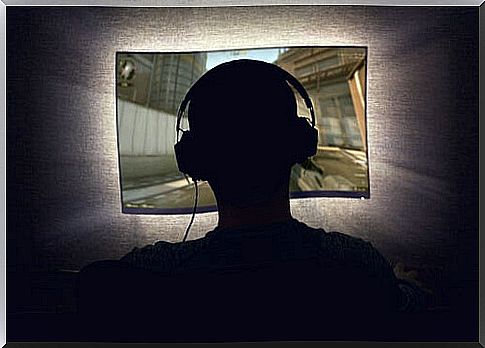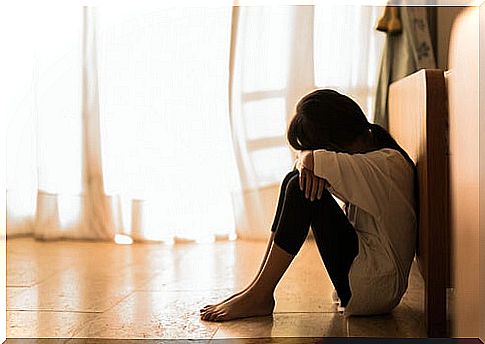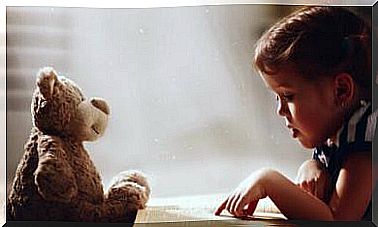Hikikomori, Young Japanese Isolated In Their Room

The Hikikomori are young Japanese who shy away from the idea of leaving their room. In Japanese culture loneliness has always been a traditional value that represented the search and wisdom about oneself, nature and social relationships. In a certain way it is a feudal vision although positive, but in current Japanese society it is Constructive loneliness has become pathological isolation.

Following World War II, Japanese society began to develop economically in a frenzy, which led to an increasingly demanding and competitive pace of study and work. Young people received an increasingly strict education that degenerated into an educational system that promoted the iron discipline of acquiring knowledge, leaving aside dealing with communication and psychological issues of the students in the classrooms.
Faced with this pressure from their families and society, young Japanese have developed a form of isolation unknown to the Western world : they have been confined to their rooms for months or years without the intention of returning to the real world.
Hikikomori, a phenomenon to define
The first person who coined the term Hikikomori was the Japanese psychiatrist Tamaki Saito, in his book “Hikikomori, Rescue Manual” in 2002. In the book he describes young Japanese who are secluded in their rooms as victims of an educational system and labor market increasingly stifling and competitive. He points out that the main problem is the poor communication that exists between the parents and children of some Japanese families.
Present-day Japanese society
Japanese society has been developing for a few decades with dizzying speed, but in a few years now an economic crisis has begun to exist in which if you want to advance socially you must demonstrate impeccable ability and discipline. Many of the couples who have experienced this economic growth have had only one child. In him they have placed all the hopes of a better future of life and have projected on him perhaps some frustrated wishes of their youth.

Families make a huge financial effort so that their children can succeed in the world of work, taking them to the best schools, with many extracurricular activities and also with a curricular work at home that leaves little or no space for leisure and relationships with their equals.
Schools in Japan
Schools in Japan have a very demanding and varied educational level and curriculum. They have a dynamic of continuous exams, homework and a strict supervision of the teacher towards the student’s activity. On many occasions, young Japanese do intensive after-school sessions that involve spending evenings and weekends at school.
But not only that, sometimes intensive camps are organized in schools in which schoolchildren sleep and eat in the classrooms, and are continuously examined in various subjects until they manage to pass. Many of them do not sleep if they have not passed all the tests they are subjected to.
However, many of them never manage to adapt, either because they have special educational needs or because such high stress causes various psychological disorders to appear. Unfortunately, Japan has a poor health care network to help these young people who are increasingly disturbed by this rhythm.
The relationship with equals: competition, isolation and harassment.
Many of these children and adolescents begin to view their peers with suspicion and distrust, and many of them suffer harassment for their poor results compared to the group or for other personal aspects. Young people are not cared for by any psychologist or social educator at the center, so the problem is growing.

In addition to this, they see the job market not as a tool to satisfy their personal independence and carry out their skills, but as a hostile terrain that they fear for not being able to measure up and not being able to become productive.
Many of them find themselves alone, stressed, isolated, pressured by their family and with a future job that appears too competitive for their abilities. If we add to all this the incredible technological expansion in the Japanese country, it is a predictable explosive cocktail: many of them will be more attracted by isolation and by creating “a virtual life” for themselves. It is a way of saying enough to society and their families.
Where does the solution for the Hikikomori pass through
Hikikomori families view their children as an embarrassment, as something to be hidden from their neighbors and relatives for fear of scandal and stigmatization. They think it may be a temporary problem.
However, if a young person locks himself in his room for weeks and there is no clear answer from the parents, the problem tends to become chronic. Young people drop out of school and lock themselves in their room in total isolation. They eat, sleep and have their virtual leisure within those 4 walls.
The world seems better to them interacting with people through a computer, watching movies, reading manga magazines, playing video games, listening to music and sleeping. They have very limited grooming and if they have to cut their hair, for example, they do it themselves. Years go by like this and it is an epidemic in Japan as there are around two million Hikikomori in the country.
The Japanese authorities have already launched an intervention plan because it is a great generational loss, and ways to help these young people are being investigated. Many psychologists point out that the best intervention is the systemic-family one, in order to progressively achieve that the family communicates with the patient and is able to get him out of his confinement.
Integration into society must be gradual and on many occasions recovered Hikikomori are the ones who guide and support these young people to get out of their voluntary confinement. The problem is not a social phobia, agarphobia or extreme shyness, problems that exist in other countries of the world; Your approach must therefore be different
The solution would be more preventive in nature, since Japanese society must take note of this problem in order to lower the level of demand and social isolation promoted by its schools.









